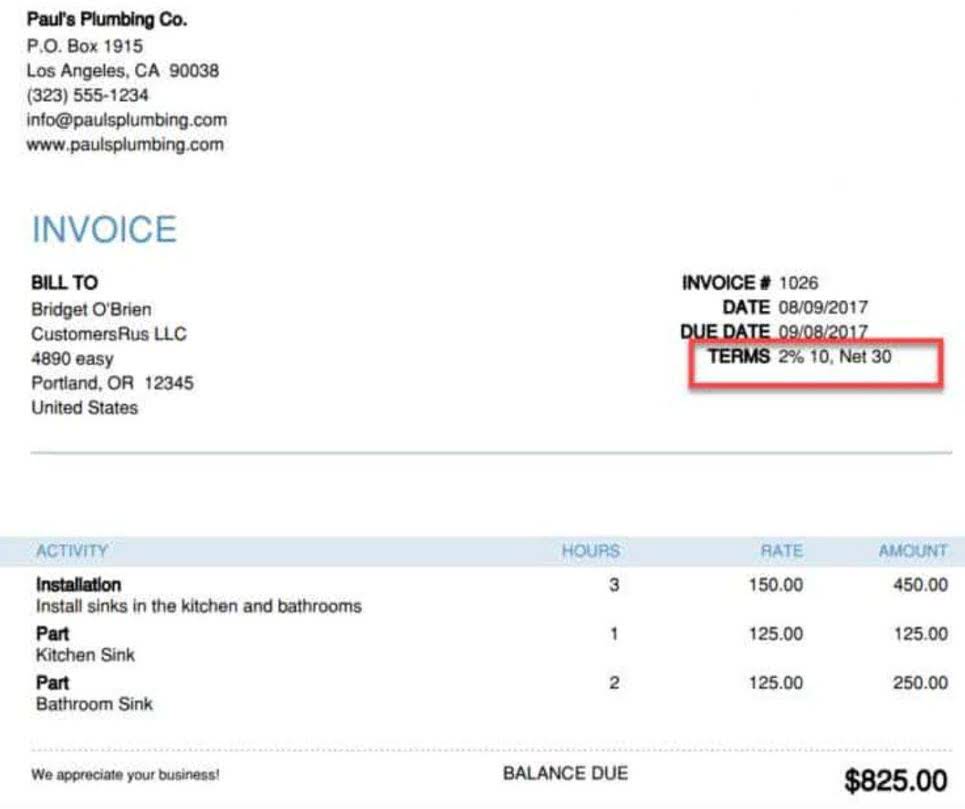Retained Earnings Explained Definition, Formula, & Examples

In simple words, the retained earnings metric reflects the cumulative net income of the company post-adjustments for the distribution of any dividends to shareholders. The retained earnings of a company are the total profits assets = liabilities + equity generated since inception, net of any dividend issuances to shareholders. To calculate capital in a balance sheet, you subtract total liabilities from total assets. This gives you the amount of capital or equity that the company has.
The Financial Modeling Certification

Depending on your goals, you can look at retained earnings in a few different ways to gain insight into a company’s overall financial health. You’ll find your business’s net income (or net loss) on the company’s most recent income statement. Note that, while in Step 2 you referred to last year’s balance sheet, for this portion of the exercise you’ll need the current year’s income statement. Retained earnings (RE) are accumulated profits that are not distributed as dividends to shareholders, but are instead reinvested in the business. Working capital and fixed asset purchases (capital expenditures) and debt repayment usually require these funds. Understanding how to calculate retained earnings is essential for business owners and investors alike, as it provides valuable insight into a company’s financial health and growth potential.
How do you calculate capital gains tax on investments?

To learn more, check out our video-based financial modeling courses.
Retained Earnings in Startups vs. Established Companies
Retained earnings are the profits or net income that a company chooses to keep rather than distribute it to the shareholders. Beginning inventory refers to the unsold goods at the start of a specific accounting period. Imagine it as the leftover inventory from the previous period that you’re carrying forward.
✔ Financial Stability
The other half ending re formula of the profits are considered retained earnings because this is the amount of earnings the company kept or retained. Cost of Goods Sold (COGS) is the direct cost of the goods a business sells to customers during a specific accounting period. It’s essentially the total inventory cost you used to sellable inventory and generate sales. Now that we have a working definition for ending inventory, let’s talk about the formula you’ll use to calculate your amounts at the end of each accounting period. Various growth opportunities available to a company can impact retained earnings as well.
- Understanding the Income Statement Connection Every line item on your income statement ultimately affects your retained earnings calculation.
- The retained earnings are a company’s profits that have not been paid as dividends but are accumulated as the business’s financial strength.
- Keeping a handle on retained earnings helps you make decisions about business investments, product/service launches, dividend payments, and much more.
- Businesses of different stages aspire for different levels of retained earnings with early- stage businesses pursuing high retained earnings, an indicator of reinvestment in the business.
- This reinvestment into the company aims to achieve even more earnings in the future.
- A company with a high level of retained earnings indicates that it has been able to generate consistent profits, which can be used for reinvestment in the business or to fund future growth opportunities.
How to Calculate the Effect of a Cash Dividend on Retained Earnings?

Now, you must remember that stock dividends do not result in the outflow of cash, in fact, what the company gives to its shareholders is an increased number of shares. As a result, each shareholder has additional shares after the stock dividends are declared, but their stake remains the same. The retained earnings formula calculates the balance in the retained earnings account at the end of an accounting period. With the right formula and understanding of your financial statements, you can easily track your retained earnings. Remember that this important metric reflects your business’s ability to generate and keep profit over time.
- However, if both the net profit and retained earnings are substantial, it may be time to consider investing in expanding the business with new equipment, facilities, or other growth opportunities.
- But firms with steady income might prefer giving regular dividends to shareholders.
- The company’s retained earnings calculation is laid out nicely in its consolidated statements of shareowners’ equity statement.
- The RE balance may not always be a positive number, as it may reflect that the current period’s net loss is greater than that of the RE beginning balance.
- These earnings are considered “retained” because they have not been distributed to shareholders as dividends but have instead been kept by the company for future use.
- When creating financial projections, retained earnings help predict future cash flow and funding needs.
You’ll need to know your ending inventory numbers to accurately calculate the cost of goods sold (COGS) as well as your ending inventory balance. The ending Outsource Invoicing inventory formula is a valuable tool to help companies better understand the total value of products they still have for sale at the end of an accounting period. Understanding what your ending inventory is will help you not only sell more product, but also help you forecast marketing and sales for the upcoming month, quarter, or year. Financial modeling plays a crucial role in the calculation of retained earnings since it allows companies to forecast their financial performance and take informed decisions.
